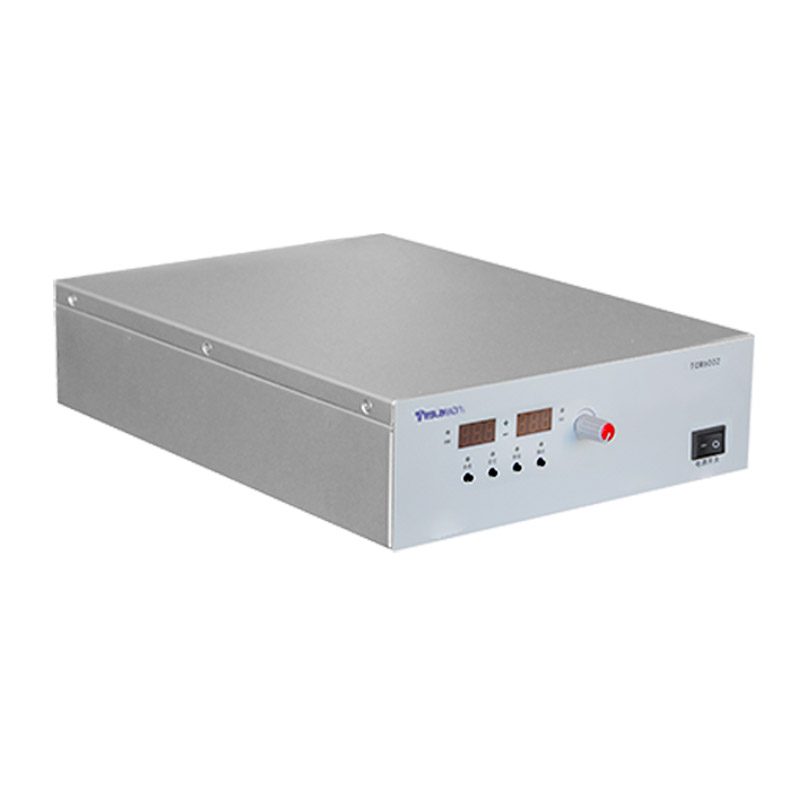Optimization of Gain Linearity in Channel Electron Multiplier High-voltage Power Supplies
The gain linearity of Channel Electron Multipliers (CEMs) is a critical parameter determining measurement accuracy in mass spectrometry and particle detection. High-voltage power supply characteristics—including voltage stability, dynamic response, and temperature compensation—fundamentally influence linearity deviation coefficients (δ<0.5%) and dynamic ranges (10^5~10^7).
1. Mechanisms Affecting Gain Linearity
1. Static Voltage Fluctuation
Voltage fluctuations exceeding 0.05% can induce 12% gain deviation. Multistage linear regulation with temperature-compensated dividers reduces static fluctuations to ±20ppm, improving linearity error from ±8% to ±0.3%.
2. Dynamic Load Adaptation
Real-time impedance matching algorithms achieve 0.2ms compensation for vacuum-induced load variations, reducing gain fluctuation from ±15% to ±1.2% across dynamic ranges.
2. Topology Optimization Strategies
1. Graded Voltage Regulation
Segmented power modules with gradient electric fields (5kV/stage) suppress nonlinear electron multiplication, achieving δ=0.15 in 10^6 dynamic ranges.
2. High-frequency Ripple Suppression
LC-π filters with magnetic shielding reduce 100kHz+ ripple to 0.005%, narrowing single-electron pulse FWHM by 35%.
3. Temperature Drift Compensation
1. Thermally Sensitive Dividers
NTC-based voltage dividers achieve 0.004%/℃ stability, minimizing temperature-induced drift from ±3%/10℃ to ±0.2%/10℃.
2. Multiphysics Simulation
Electrothermal coupling models limit component temperature gradients to <0.5℃/h, ensuring long-term linearity variation below 0.05%/1000h.
4. Intelligent Control Integration
1. Adaptive Gain Calibration
FPGA-based feedback systems adjust HV parameters per pulse, achieving ±0.5% linearity across 10^4~10^7 ranges.
2. Digital Twin Prediction
Machine learning-powered models enable 50ms-predicted voltage compensation, extending MTBF beyond 15,000 hours.
Conclusion
CEM HV power supply optimization requires coordinated improvements in voltage stability, topology, and thermal management. The integration of wide-bandgap semiconductors and adaptive algorithms promises δ<0.1% linearity in 10^8 dynamic ranges, enabling breakthroughs in single-particle detection.




















